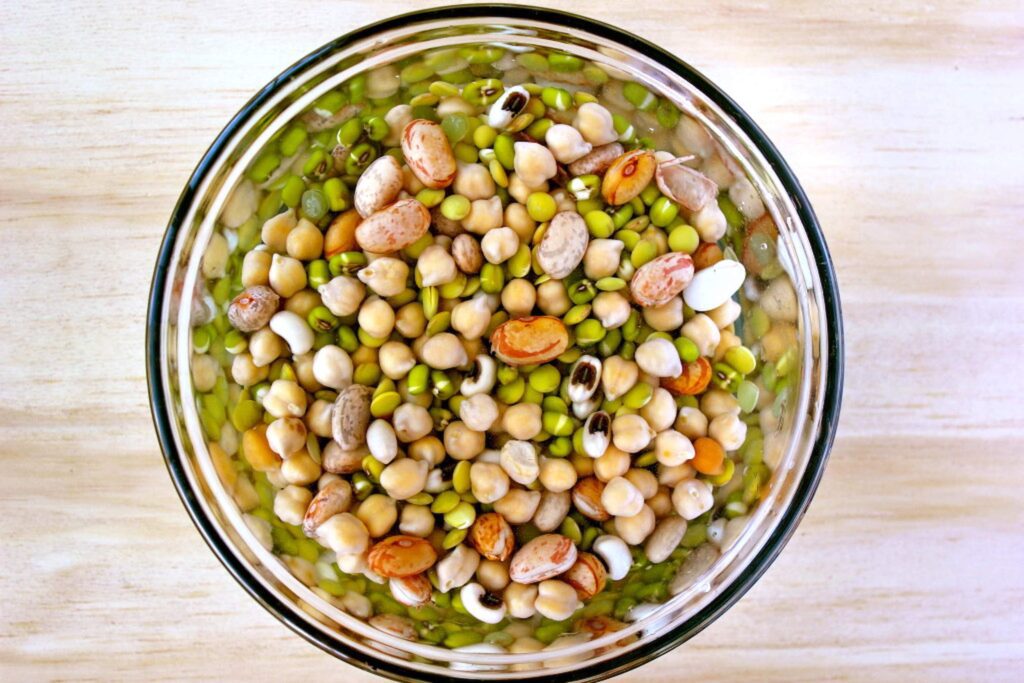Nuts and seeds are often overlooked in cooking but can add flavor, texture, and essential nutrients to dishes. Nuts like almonds, walnuts, and cashews provide healthy fats, protein, and vitamins. Seeds like chia, flax, and pumpkin offer similar benefits. Incorporating nuts and seeds into meals can help lower bad cholesterol, reduce the risk of heart disease, and improve overall health. They can be added to salads, granola, baked goods, yogurt, and smoothie bowls for a nutrient boost. Including a variety of nuts and seeds in your diet can enhance the taste and nutritional value of your cooking.
Nuts and Seeds: Adding Texture and Nutritional Value to Your Cooking
When it comes to cooking, nuts and seeds are often overlooked as ingredients. Many people only consider them as snacks or salad toppers, but they can actually add a lot of flavor and texture to a wide variety of dishes. Not only that, but nuts and seeds are also packed with essential nutrients that can boost the nutritional value of your meals. Let’s take a closer look at the benefits of incorporating nuts and seeds into your cooking.
Nutritional Benefits of Nuts
Nuts are a great source of healthy fats, protein, fiber, vitamins, and minerals. Different types of nuts offer varying levels of these nutrients, but most nuts are known for their heart-healthy monounsaturated and polyunsaturated fats. These fats can help lower bad cholesterol levels and reduce the risk of heart disease.
Almonds, for example, are rich in vitamin E, magnesium, and calcium. Walnuts are high in omega-3 fatty acids, which are important for brain health. Cashews are a good source of copper and magnesium, while pistachios are packed with antioxidants like lutein and zeaxanthin.
Nutritional Benefits of Seeds
Seeds are also nutritional powerhouses, offering a similar array of healthy fats, protein, fiber, vitamins, and minerals. Chia seeds, for instance, are high in omega-3 fatty acids, fiber, and antioxidants. Flaxseeds are another excellent source of omega-3s, as well as lignans, which have been linked to a reduced risk of cancer.
Pumpkin seeds are rich in magnesium, iron, zinc, and protein. Sunflower seeds are high in vitamin E, selenium, and magnesium. Sesame seeds provide calcium, iron, and zinc, among other nutrients. Including a variety of seeds in your diet can help ensure you are getting a wide range of essential nutrients.
How to Incorporate Nuts and Seeds into Your Cooking
Nuts and seeds can be used in a multitude of ways in your cooking. Here are a few ideas to get you started:
- Top salads with chopped nuts or seeds for added crunch and flavor.
- Add nuts and seeds to homemade granola or trail mix for a nutritious snack.
- Incorporate nuts and seeds into baked goods like muffins, bread, or cookies for added texture and nuttiness.
- Sprinkle seeds over yogurt, oatmeal, or smoothie bowls for a boost of nutrients.
- Use nut butters or seed butters as spreads or dips for fruit, crackers, or sandwiches.
Conclusion
Adding nuts and seeds to your cooking can not only enhance the taste and texture of your dishes but also boost their nutritional value. With their rich array of healthy fats, protein, fiber, vitamins, and minerals, nuts and seeds are excellent additions to a balanced diet. So, next time you’re in the kitchen, don’t forget to reach for some nuts and seeds to take your cooking to the next level.
